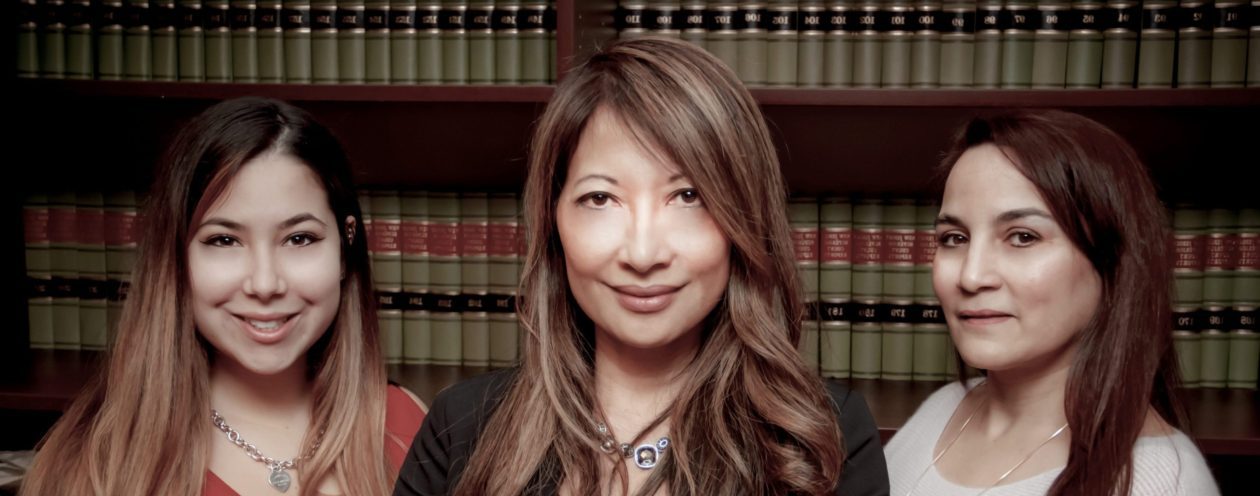Do I qualify for a H-1B Employment Visa?
To qualify for a H-1B employment visa, you must first have a job offer from the U.S. employer for duties to be performed in the United States.
What happens after I find a H-1B employer?
Your employer will file a Labor Condition Application (LCA) with the U.S. Department of Labor (DOL). The LCA can be submitted up to 6 months before you plan to start work.
What is an LCA?
An LCA is a sworn declaration by the employer attesting to specific conditions regarding the employment as required by the DOL. For example, one requirement is a promise that foreign nationals will be paid 100% of the prevailing market wage for the position or the employer’s actual wage, whichever is higher and will receive the same benefits as the U.S. workers.
Who has to file the petition for an H1-B visa?
Once the LCA is approved, your employer will file the H1-B petition. Your employer also has to pay the filing fees, including any fees for premium processing. In addition, your employer should pay for some portion of your attorney’s fees, if you use an attorney.
What is premium processing?
Premium Processing Service provides expedited processing for certain employment-based petitions and applications. Specifically, USCIS guarantees15 calendar day processing to those petitioners or applicants who choose to use this service or USCIS will refund the Premium Processing Service fee.
What type of job qualifies for a H-1B visa?
Your job must be in a specialty occupation related to your field of study and it must meet at least one of the following criteria:
- A bachelor’s degree or higher degree or its equivalent is normally the minimum requirement for the particular position;
- The degree requirement is common for this position in the industry, or the job is so complex or unique that it can only be performed by someone with at least a bachelor’s degree in a field related to the position;
- The employer normally requires a degree or its equivalent for the position; or
- The nature of the specific duties is so specialized and complex that the knowledge required to perform the duties is usually associated with the attainment of a bachelor’s or higher degree.
How is the prevailing wage determined?
The prevailing wage is determined based on the position in which you will be employed and the geographic location where you will be working (among other factors). The DOL maintains a database with applicable current prevailing wage levels based on occupation and work location.
What is the H-1B cap?
The H-1B visa has an annual numerical limit, or cap, of 65,000 visas each fiscal year. The first 20,000 petitions filed on behalf of beneficiaries with a U.S. master’s degree or higher are exempt from the cap.
Who are H-1B Cap-Exempt Employers?
Cap-Exempt employers are are not subjected to the annual H-1B visa numerical limitation as set by the US Government.
The following classes of employers fall under the Cap-Exempt category:
- An institution of higher education (or its affiliated or related nonprofit entities),
- A nonprofit research organization, or
- A government research organization
Cap numbers are often used up very quickly, so it is important to plan in advance if you will be filing for an H-1B visa that is subject to the annual H-1B numerical cap. The U.S. government’s fiscal year starts on Oct. 1. H-1B petitions can be filed up to 6 months before the start date, which is generally April 1 for an October 1 start date.
Our attorneys can help you determine if the H-1B visa classification is the best pathway for you.
